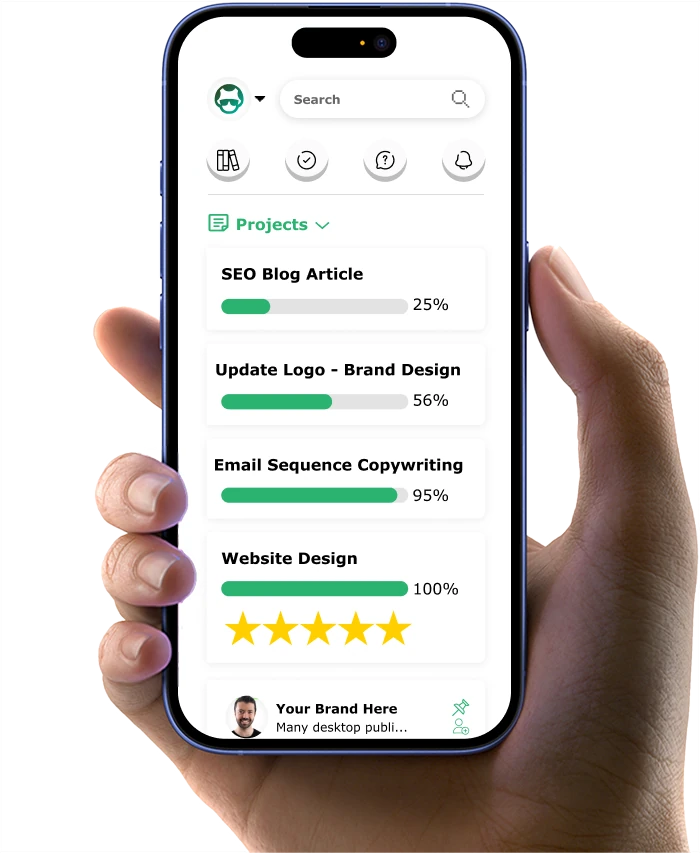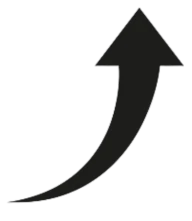How I Made $138,289 With A Simple Digital Product Funnel (Copy It)
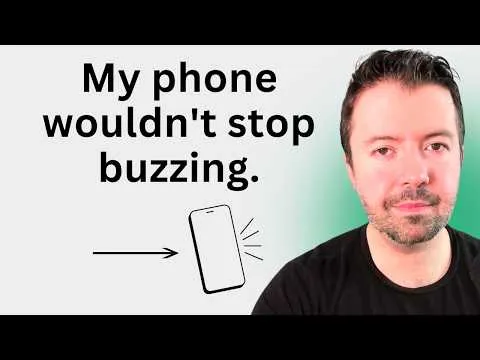
My phone would NOT stop buzzing—and I loved it. Each ping was another sale, all from a simple sales funnel that started with a $7 product, and a twist…
Most entrepreneurs believe they need complex funnels with endless steps and automations. But the truth? This straightforward approach brought in passive income notifications all day—even though I started with near zero experience successfully selling digital products.
At first, fear of failure and being judged nearly held me back. But I kept launching new offers and products, ignoring the doubts.
In just 12 months, I went from complete beginner to real sales ($50+), then scaled even further. Looking back, the solution was much easier than I ever expected.
We often complicate things, but what really works is simple and repeatable.
By the end of this video article, you’ll have a clear, step-by-step blueprint to create your own digital product funnel that brings in sales—without overwhelm or confusion. You will learn:
- The exact funnel structure that converts browsers into buyers — including the psychological trigger that makes people say "yes" after they've already opted in
- The one digital product type that consistently generates sales — and why a $7 offer can actually net you $43 per customer through strategic upsells
- The simple mistake that kept us stuck at $3-5K per month — and how fixing it helped us break through to six-figure monthly revenue
By the end, you’ll know exactly how to build a funnel that’s easy to run, fun to manage, and designed for real results. Now let’s get started…
Want to get all your marketing and funnel work done—without the headaches of hiring a team? Download our free guide: 33 Marketing Projects You Can Delegate to Growbo and discover how to save 100+ hours a month, grow faster, and scale without the overhead.
Most people get stuck because they believe the answer has to be complicated. I was the same. But the truth is, the solution is often way simpler than we think.
As any successful entrepreneur will tell you, after you've achieved some financial success—even if it's modest—you look back and realize: the path was easier than you thought. We suffer a thousand deaths in our mind, but mostly, those fears never materialize.
What really matters is just launching. New offers, new products. Don't let fear of failure or being judged hold you back.
The 3 Fs of Sales Funnels
Let's break it down: Foundation, Follow-up, and Fuel. (Click here to read more about the stages of sales funnels)
- Foundation is your web pages—landing pages with information on your products or services.
- Follow-up is your retargeting ads, email nurture sequences, and newsletters.
- Fuel is whatever you do to drive traffic into your funnel—social media, blog articles, ads, referrals, and affiliates.
Strangers on the internet see your content. Maybe they're skeptical. But if you get in front of them, they enter your funnel.
Blueprint: The Complete Funnel Structure
Here's exactly how the funnel worked for us, step-by-step, with real conversion numbers and tactical details.
Stage 1: Traffic & Lead Capture (FUEL + FOUNDATION)
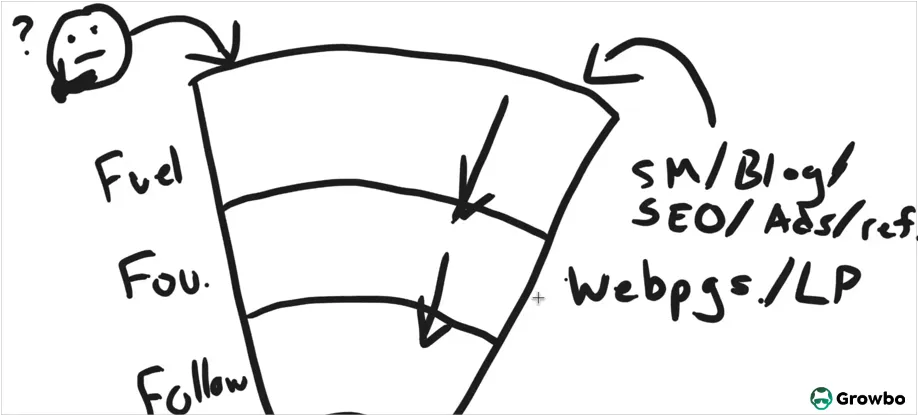
People see your content across multiple channels—YouTube videos, blog posts, social media, or ads. They click through to a lead magnet landing page offering something valuable in exchange for their email.
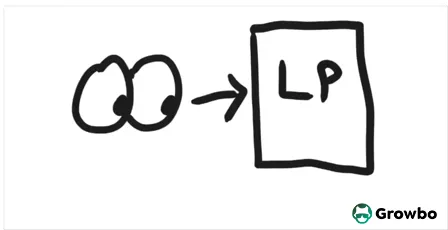
For us, it was a "Sales Funnel Checklist" that promised to help them build better funnels. This became one of our top-performing lead magnets for years.
Key principle here: The lead magnet must solve a specific, immediate problem your audience has. Don't make it generic.
Stage 2: The Thank You Page Tripwire (The First "Twist")
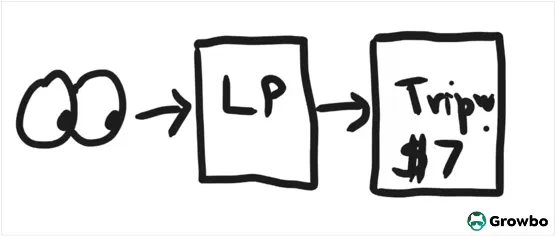
After someone opts in, instead of just saying "check your email," we immediately presented a $7 offer on the thank you page.
This was our Swipe File—a curated collection of high-quality sales copy, landing pages, ads, and funnel components across different industries. It gave customers proven examples to model, so they weren't starting from scratch.
Why this works: People just took action (opted in). The commitment and consistency bias means people are psychologically primed to say "yes" again once they’ve said yes to something in the previous step. Our conversion rate here was 10-20%. We had a really high conversion rate because we optimized the hell out of it over time
Critical implementation detail: We used SamCart for this because it enabled one-click upsells with minimal friction. The less friction, the higher your conversion rates.
Stage 3: The Upsell Sequence (Where the Real Money Lives)

Here's where the "$7 product with a twist" becomes clear. After someone purchased the $7 swipe file, we immediately offered them complementary products at higher price points:
First upsell: $49 Sales Funnel Diagram Pack
- These were visual blueprints showing how different funnels are structured
- Why it worked: It's the logical next step. "You have the components, now here's how to put them together."
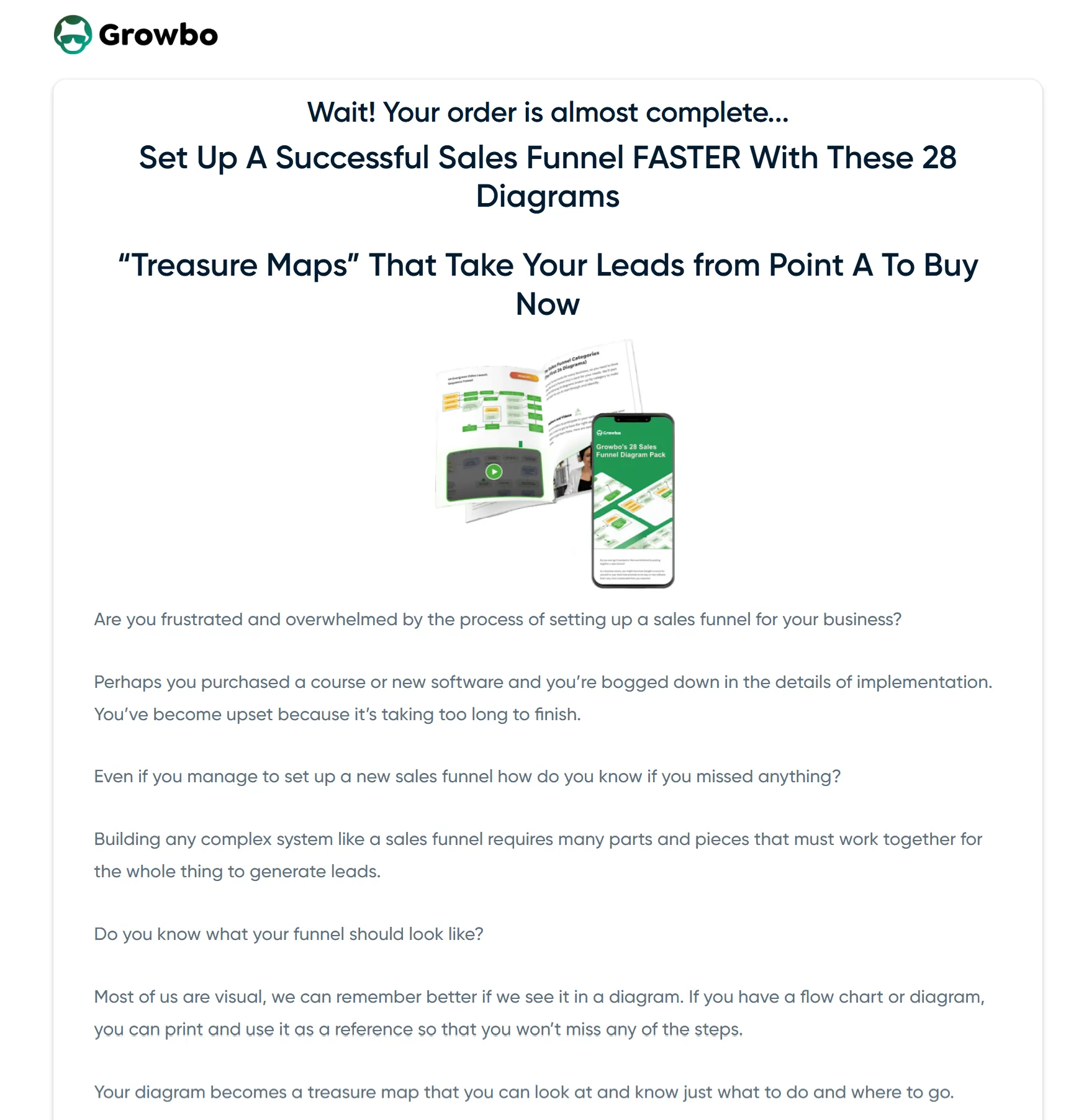
Second upsell: $97-$199 Advanced Training or Bundle
- Could be a course, a larger bundle, or advanced templates
- Some customers spent $1,000+ in a single visit by accepting multiple upsells
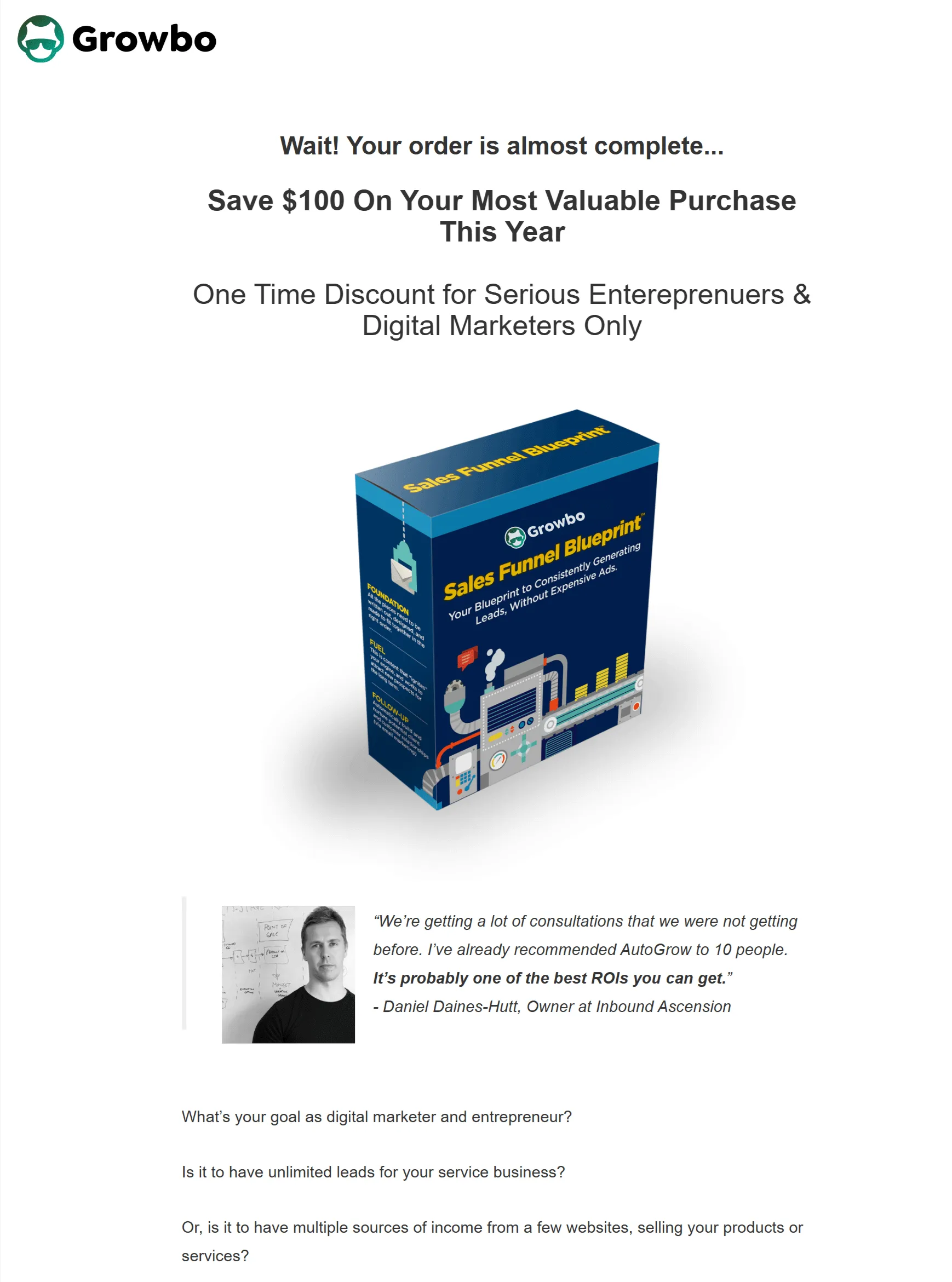
The math that matters: While we were "selling a $7 product," the average customer value was actually $43 per sale when you factored in all the upsells. Knowing this LTV number completely changes the economics of the funnel.
Stage 4: The Survey Funnel (Personalization Engine)
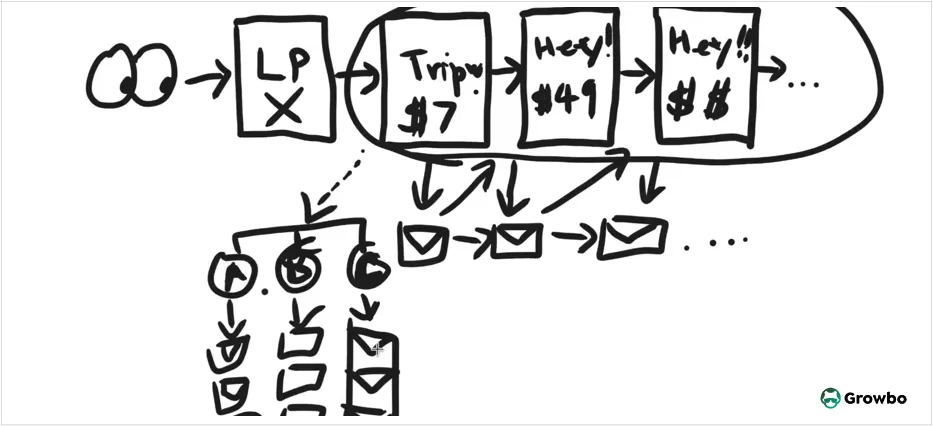
Not everyone bought on the first visit. This is where most funnels leave money on the table. We didn't.
On the lead magnet landing page, we asked two qualifying questions:
- "What's your biggest marketing challenge right now?"
- "What best describes your business?" (Options: Coaching, Agency, SaaS, E-commerce, Other)
Based on their answers, we dropped them into tailored email sequences—what we call a survey funnel.
Path A: For coaches struggling with lead generation
Path B: For agencies needing better client results
Path C: For SaaS companies optimizing conversion rates
There were dozens of possible paths based on how they answered each question.
Each path received emails specifically addressing their stated problem, with case studies, tips, and relevant product recommendations.
The results were dramatic:
- Before survey funnel: 4-9% email engagement rate
- After survey funnel: 31-40% email engagement rate
- That's a 3-4x increase in opens, clicks, and ultimately, sales
Why this works: Personalization. You're giving people exactly what they said they wanted. When your content speaks directly to someone's specific pain point, trust builds faster and sales become easier.
Pro tip: You don't need hundreds of unique emails. We kept it simple—the main body of emails was similar across paths, but we changed the examples, case studies, and CTAs to match their industry and stated challenge. Use a tool like RightMessage or ActiveCampaign's conditional content to make this manageable.
Stage 5: Follow-Up & Retargeting (FOLLOW-UP)
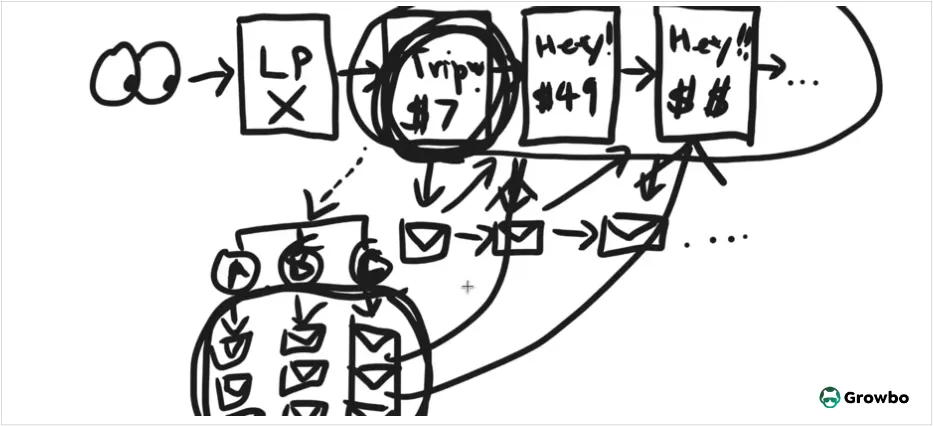
Whether someone bought or not, they entered our automated email nurture sequence. This included:
Newsletters:
- Educational content
- Case studies
- Tips and strategies
- Soft CTAs to our products
Automated sequences (triggered by behavior):
- Didn't buy the tripwire? Get a sequence highlighting benefits + testimonials
- Bought the $7 offer but didn't upsell? Get targeted emails about the next product
- Engaged but haven't purchased in 30 days? Get a limited-time discount or bonus offer
Retargeting ads:
- Facebook/Instagram pixel tracking
- Show ads for products they viewed but didn't buy
- Cost-effective because these are warm audiences
The goal: Bring people back to offers they haven't seen or purchased yet. Not everyone buys on the first touchpoint. Some people need 5, 10, or even 20 touchpoints before they trust you enough to buy.
Stage 6: High-Ticket & Recurring Revenue (The Growth Multiplier)
This is the stage we were missing for too long, which kept us stuck at $3-5K/month.
Eventually, we added:
Recurring subscription offers:
- Could be a membership, software tool, or ongoing training
- This creates predictable monthly recurring revenue (MRR)
Coaching/Consulting:
- For customers who wanted personalized help
- Much easier to sell because they already knew, liked, and trusted us from the low-ticket purchases
Done-For-You Services:
- We relaunched our productized service - i.e. Marketing Fulfillment Team, on demand for less than the cost of 1 full-time VA
- As you may know (because lots of data backs this up and it just makes logical sense), existing customers were the easiest to sell to because they'd already received value for their money so trust was built.
The breakthrough insight: The low-ticket funnel wasn't just about making money from digital products. It was a lead generation and trust-building engine for our high-ticket offers.
When someone spent $7, $49, or even $199 on our products and got massive value, they thought: "If this is what they give away for cheap, imagine what their premium services are like."
This is how we scaled from $3-5K/month to $56K/year, then $82K/year, then $100K+/month.
Why This Structure Works
- Low barrier to entry ($7) - Easy for skeptical prospects to say yes
- Immediate value delivery - Builds trust fast
- Strategic upsells - Captures more revenue from buyers while interest is hot
- Personalization - Makes everyone feel like you're speaking directly to them
- Multiple touchpoints - Not everyone buys immediately; patience pays
- Ascension path - Clear journey from $7 to multi-thousand dollar customer lifetime value
The beauty of this funnel is its simplicity. It's not 47 steps or fancy automations. It's a clear, logical path that respects where customers are in their journey and guides them forward with value at every stage.

Personalization Drives Engagement
The principle? Personalization. Give people more of what they want, and they're more likely to trust you and buy.
According to HubSpot showing that 72% of email marketing success comes from personalization—messages that truly speak to what users want and need, visually driving home how tailoring your emails can make all the difference in engagement and results.
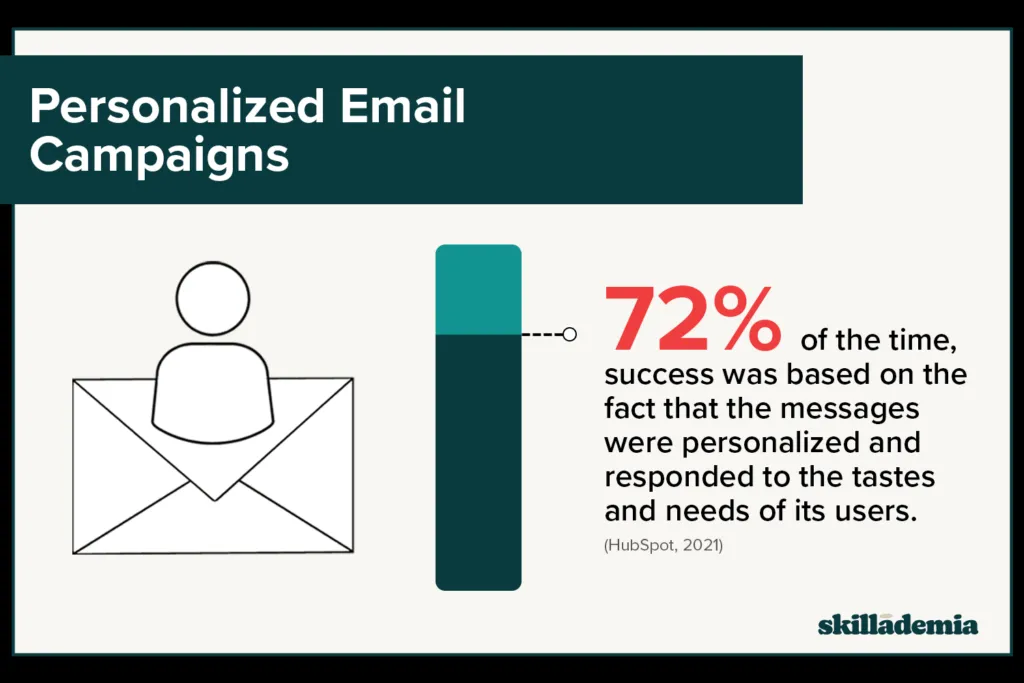
What Actually Makes This Work
It isn't the product or a fancy funnel. It's three things:
- Find out what your audience wants.
- Figure out what you love to create and sell that overlaps with their needs.
- Offer products that align with your expertise and passion.
Then, launch early and fast. We pre-sold every new product before we built it. I’d put up a pre-sale page, make sales, and only then create the product.
Why? Because every product takes time—sometimes hundreds of hours. Pre-selling saves you from building something no one wants.
The next chart compares pre-order conversion rates with average eCommerce conversion rates, showing a big difference—pre-orders reach around 15%, while the typical eCommerce rate sits near 3%. It clearly shows how launching early and validating demand through pre-sales can significantly outperform the average online store performance.
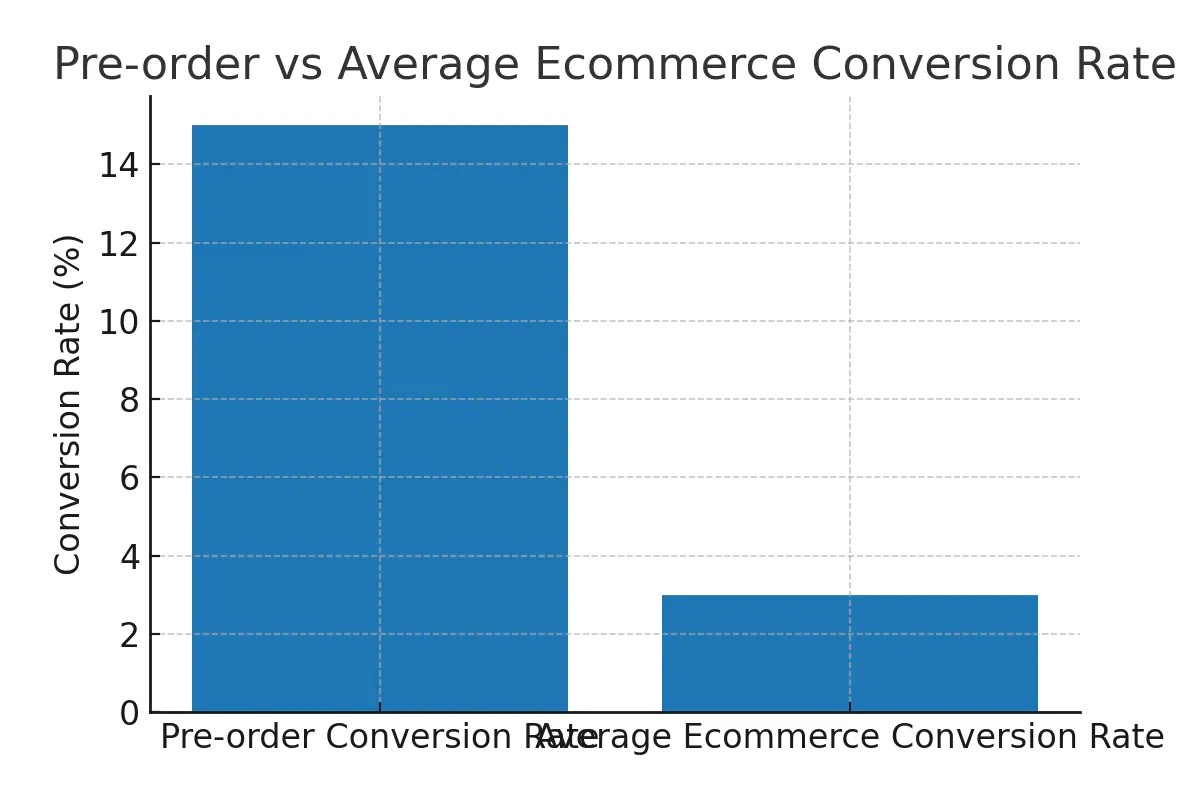
Psychology: The Commitment and Consistency Bias
The commitment and consistency bias is powerful. When people opt in for a lead magnet, they've made a small commitment. Psychologically, they're more likely to say yes to the next offer to remain consistent with their initial action.
Each small yes leads to bigger yeses. This cognitive bias describes our tendency to remain consistent with prior commitments, actions, or beliefs—even when doing so may be irrational. This is why conversion rates from lead magnet to tripwire are significantly higher than cold traffic to a sales page.
The Recurring Revenue Mistake
For months, we were stuck at $3,000 to $5,000 per month. Why? No recurring revenue. No subscription or retention offer.
We had to sell to a fresh batch of customers every month. Once we added higher-priced and recurring offers—like SaaS solutions, coaching, and done-for-you services—growth exploded.
When we relaunched our done-for-you offer, sales became easier. Existing customers already trusted us and were happy to buy more.
Organic Traffic: Video Everywhere
Today, SEO is dying. What works now? Omnichannel video content.
The following image compares single-channel and omnichannel marketing results. It shows that omnichannel campaigns achieve a 12% purchase rate, while single-channel campaigns only reach 3.21%.
It’s a clear reminder that showing up across multiple platforms—like YouTube, LinkedIn, Instagram, and TikTok—creates stronger engagement and drives more sales.
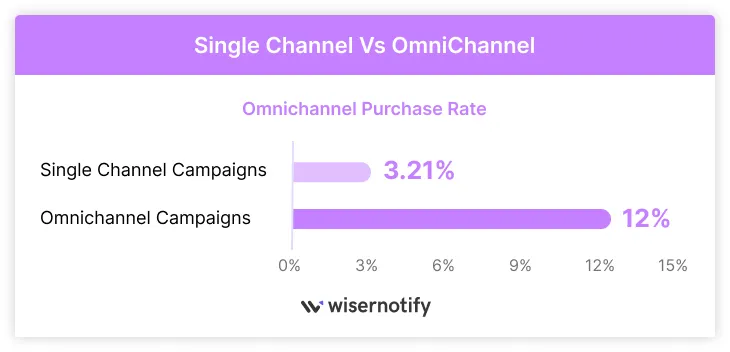
We make short videos—10 to 25 minutes—across YouTube, LinkedIn, Instagram, and TikTok. One video per day, or even just one or two per week, can get you results.
Turn videos into articles, newsletters, and short clips. Repurpose everywhere. For us, YouTube and LinkedIn work best. Consistency is key. The more you do it, the faster you learn and improve.
Consistency Beats Your Competition
Don’t aim for perfection. Launch, learn, and iterate. Perfection is a path, not a destination.
If you’re camera-shy, start with audio or articles. The important thing is to be interesting and consistent. Your competitors aren’t willing to show up every week.
Simply by doing it more often, you’ll get better and stand out. In business, as always, the way to win is to do what others are unwilling to do.
According to Digital Silk, 68% of brands say brand consistency drives revenue growth of 10% or more, reinforcing how showing up consistently—whether through content, visuals, or messaging—directly impacts growth and long-term success.
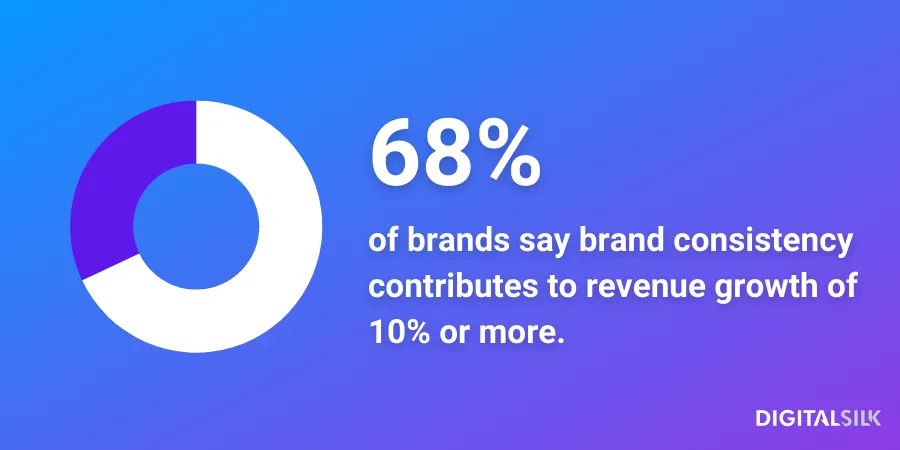
Invest Time or Money Wisely
Organic traffic from video and social media brings higher-quality leads than paid ads. Yes, you can buy traffic, but organic channels build trust and authority.
You have to invest something—either time or money. For most, time is cheaper and more rewarding.
Owner Responsibility: Your Best Asset
No agency or consultant will ever know your business and customers like you do. Marketing and sales are the most important functions of your business.
Apply your knowledge and care. Iterate and improve one day at a time.
Growth: Iteration and Focus
From nothing to $56,000, then $82,000, then $100,000+ per month.
It wasn’t magic.
It was consistent action, focus, and learning from mistakes. Distractions are everywhere, but the fundamentals don’t change.
Conclusion
The secret is finding what your audience wants, aligning it with your passion and expertise, and taking consistent action. Here's your roadmap:
Your 7-Step Action Plan:
- Launch a lead magnet and low-priced tripwire offer. Don't overthink it. Get version 1.0 out the door.
- Add strategic upsells and higher-ticket offers as you grow. Build your ascension ladder one rung at a time.
- Personalize your follow-up with survey funnels. 3-4x engagement comes from giving people what they actually want.
- Pre-sell new products before building them. Validate demand first, save hundreds of wasted hours.
- Focus on omni-channel content—especially video. One video becomes an article, newsletter, and multiple short clips. Repurpose ruthlessly.
- Be consistent. Show up every week. Your competitors won't. This is your unfair advantage.
- Don't wait for perfect. Start, learn, and adapt. Perfection is a path, not a destination.
The path from zero to six figures is simpler than you think. The question is: Will you take the first step?
Want an all-in-one marketing fulfillment team to execute your vision? Check us out at growbo.com—delegate everything from content and social media to newsletters, email automation, and complete funnel buildouts for less than the cost of a full-time virtual assistant.
What's your biggest challenge in building your sales funnel? Drop a comment below and let's discuss. If you found this valuable, like, subscribe, and share with someone who needs to see this.
Keep Growing, Stay Focused,
Image Credits:
1. https://www.skillademia.com/statistics/email-marketing-statistics/
2. https://bestcolorfulsocks.com/blogs/news/pre-order-conversion-rate-statistics
3. https://wisernotify.com/blog/omnichannel-stats/
4. https://www.digitalsilk.com/digital-trends/marketing-collateral/



